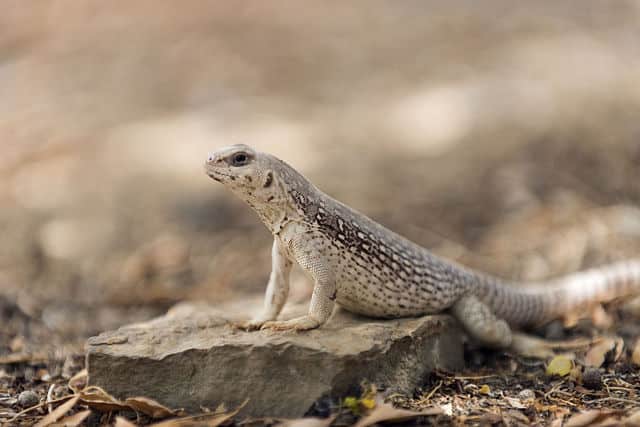Fiji, an archipelago of over 300 islands in the South Pacific, is a biodiversity hotspot teeming with unique and often endemic wildlife. Isolated for millions of years, the islands have given rise to species found nowhere else on Earth, from vibrant birds and rare amphibians to ancient reptiles and diverse marine life.
Among Fiji’s most iconic animals are its strikingly colored Brachylophus iguanas, a group of reptiles that mysteriously made their way across the Pacific millions of years ago.
For decades, scientists have scratched their heads over how these lizards ended up here, thousands of miles from their closest relatives in the Americas. Some theorized they arrived by hopping across ancient land bridges. Others speculated that they traveled from South America via Antarctica. Now, a new study published in Proceedings of the National Academy of Sciences suggests an even more astonishing possibility: these iguanas rafted 8,000 kilometers (5,000 miles) across the Pacific Ocean from North America—the longest known transoceanic journey by a terrestrial vertebrate.

A Journey Across the Pacific
Iguanas are known for their ability to island-hop. In the Caribbean, they’ve been spotted clinging to floating mats of vegetation, drifting between islands. The Galápagos marine iguana (Amblyrhynchus cristatus) likely arrived in a similar way. But nothing compares to the sheer scale of what the Fiji iguanas seemingly accomplished.
In the new study, biologists from the University of California, Berkeley, and the University of San Francisco analyzed the genomes of Fijian iguanas and compared them with 14 iguana species from the Americas and the Caribbean. The results were telling. The Fiji iguanas (Brachylophus) are most closely related to desert iguanas (Dipsosaurus dorsalis) from North America’s arid landscapes. Genetic analysis suggests that the two lineages diverged between 31 and 34 million years ago—long after the breakup of the ancient supercontinent Gondwana. That means the iguanas didn’t walk to Fiji. They had to float.
“That they reached Fiji directly from North America seems crazy,” said Jimmy McGuire, a professor of integrative biology at UC Berkeley. “But alternative models involving colonization from adjacent land areas don’t really work for the timeframe.”

The voyage likely took a few hazardous months. Ocean currents, combined with storms and cyclones, may have uprooted trees and entire sections of coastal forest, sweeping the iguanas out to sea. Large rafts of vegetation would have provided both shelter and food, allowing the lizards to endure the crossing. “If you had to pick a vertebrate to survive a long trip on a raft across an ocean, iguanas would be the one,” said study author Simon Scarpetta from the University of San Francisco.
Surviving the Impossible
Desert iguanas, the closest relatives of the Fiji iguanas, are well adapted to extreme environments. In their native North American deserts, they endure scorching heat and prolonged droughts. These traits may have helped their ancestors survive weeks or months adrift at sea, with little food and fresh water.
“You could imagine some kind of cyclone knocking over trees where there were a bunch of iguanas and maybe their eggs, and then they caught the ocean currents and rafted over,” Scarpetta said.

Scarpetta, who has been fascinated by reptiles since before high school, says the timing of the iguanas’ arrival is remarkable. The study suggests they reached Fiji just as the islands were forming from volcanic activity around 34 million years ago. This means they may have been among the first vertebrates to set foot on the islands.
A Future in Peril
Despite their incredible journey and survival against all odds, the future of Fiji’s iguanas is uncertain. Today, all four species of Brachylophus are endangered, threatened by habitat destruction, invasive predators like rats, and illegal poaching for the pet trade.
Adding to the challenge, an invasive species—the green iguana (Iguana iguana, kind of anticlimactic) )—has recently established a foothold on the islands. Unlike Fiji’s native iguanas, these newcomers are aggressive breeders and could outcompete their local cousins.
By tracing the origins of the Fiji iguanas, scientists hope to provide a stronger foundation for their conservation. “Figuring out where these creatures came from can equip scientists with the tools to better protect them in the future,” Robert Fisher of the United States Geological Survey told the Associated Press.









